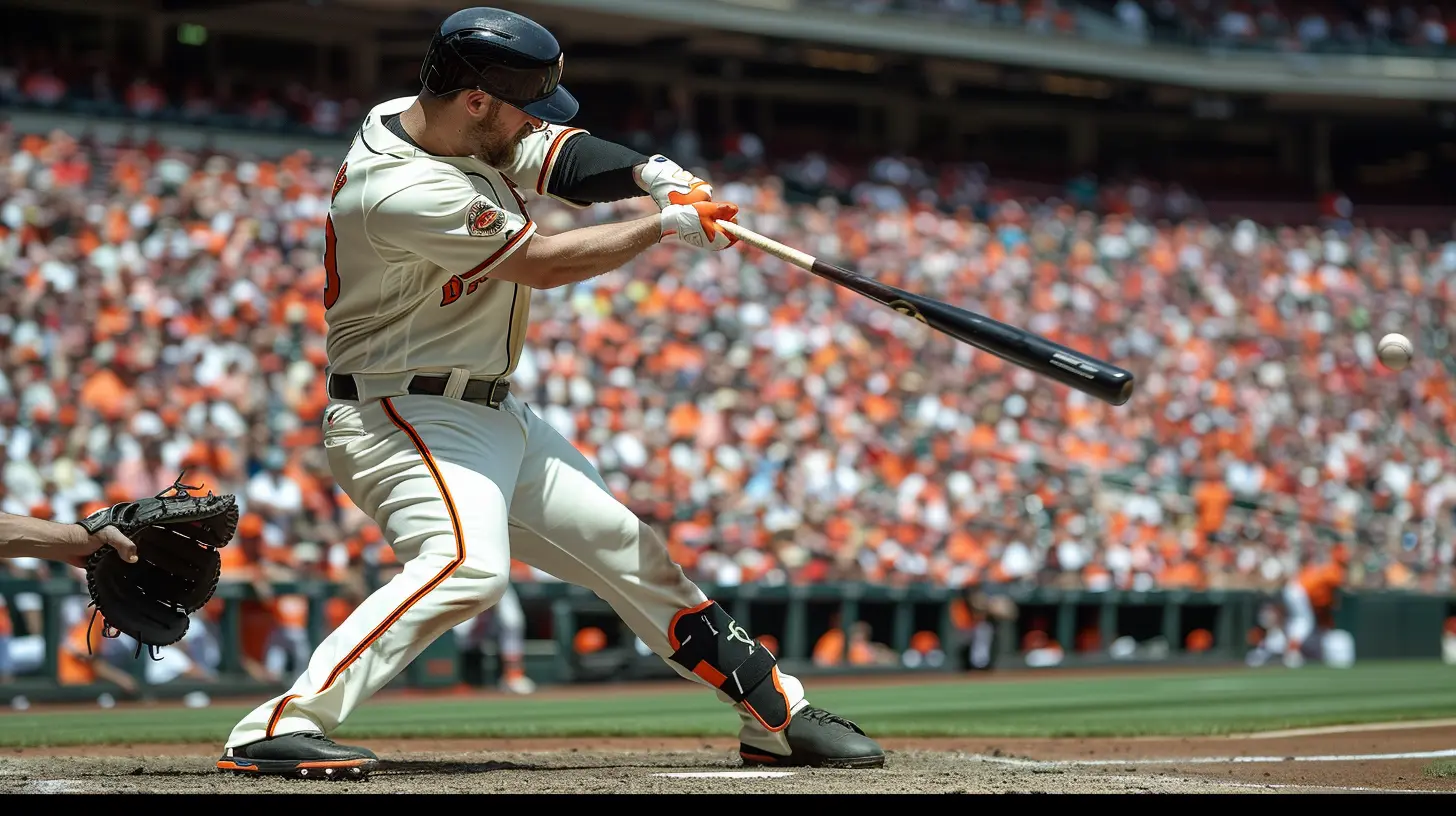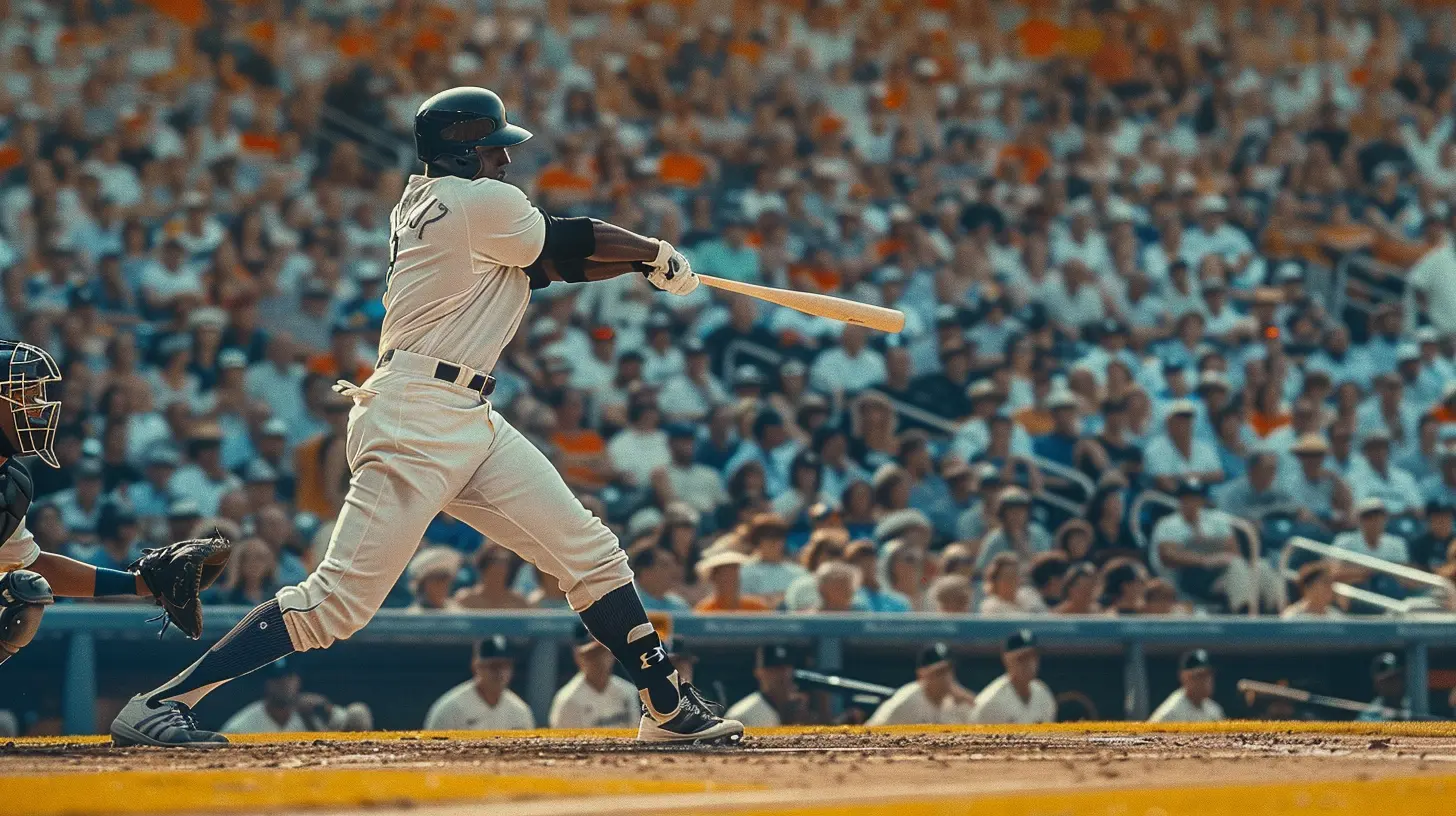The Importance of Plate Discipline in Becoming a Great Hitter
12 November 2025
If you’ve ever marveled at a baseball player who seems to always be in control at the plate—patient, poised, and able to smash a mistake pitch—you’ve seen plate discipline in action. It's not flashy like a home run or as electric as a diving catch, but plate discipline is the quiet killer. It’s what separates good hitters from great ones, and casual fans often underestimate how crucial it really is.
Let’s break it down. We’ll dig deep into what plate discipline actually is, why it matters more than you think, and how it helps players become nightmares for pitchers.
What Is Plate Discipline, Anyway?
Alright, before we go any further, let’s define the beast. Plate discipline is a hitter’s ability to recognize which pitches to swing at—and which ones to let go. Sounds simple, right? But it’s way more complex than just “don’t swing at bad pitches.”A hitter with great plate discipline has razor-sharp pitch recognition. They know the strike zone like the back of their hand. They can identify a slider fading away, lay off the high heater, and wait for the pitch they can drive.
Think of it like fishing. If you cast your line at every little ripple in the water, you’re gonna waste your bait—and tire yourself out. But if you wait for the right moment, you reel in a big one.
Why Plate Discipline Is a Game-Changer
There’s a reason you’ll hear coaches yelling “Work the count!” and “Be patient!” from the dugout. Here’s why plate discipline changes the game:1. It Gets You on Base—A Lot
At its core, baseball is about scoring runs. And to score, you gotta get on base. Plate discipline directly improves your on-base percentage (OBP). How? Walks. When hitters don’t chase junk outside the zone, pitchers are forced to throw strikes—or risk giving up a free pass.Hitters like Juan Soto or Joey Votto have made entire careers out of elite discipline. Walks might not make highlight reels, but they’re gold in the stat column.
2. It Gets You Better Pitches to Hit
Here’s the real magic. When you lay off pitches out of the zone, pitchers are forced to adjust. That means they’ve gotta come to you—throw something hittable. And when that happens? Boom. You’ve got a pitch right in your wheelhouse.Chasing pitches helps the pitcher. Waiting for your pitch helps you. It’s chess, not checkers.
3. It Wears Down Pitchers
Good plate discipline doesn’t just help you—it helps your whole team. By forcing pitchers to throw more pitches per at-bat, disciplined hitters drain their opponent's stamina. Imagine making a starter throw 25 pitches in the first inning. Suddenly, that shutdown arm is sweating five minutes in. That’s huge.4. It Cuts Down On Strikeouts
We’re in an era of K’s (strikeouts), with hitters swinging out of their shoes. And while power has its place, watching strike three zip by isn’t helping anyone. Hitters with plate discipline strike out less because they only swing at pitches they can handle.
The Mental Side of Plate Discipline
Here’s where things get next-level. Plate discipline isn’t just about your eyes—it’s also about your brain.Timing vs. Patience
Being patient doesn’t mean being passive. You don’t just stand there with the bat on your shoulder. Great hitters are aggressive—but with a plan.They’re sitting on fastballs. They’re looking for location. They’re timing that pitcher’s rhythm. Patience is knowing when to pull the trigger—not ignoring the gun.
The Psychology of the At-Bat
A hitter with plate discipline is in control. They dictate the tempo. If you’re chasing early, the pitcher knows you’re jumpy. They’ll toy with you. But if you take that borderline first pitch, suddenly the pitcher’s guessing. Now they’re the ones under pressure.
Stats That Tell the Story
Let’s geek out for a second. There are a few key metrics that show us how good a hitter’s discipline is:- Walk Rate (BB%): This one’s easy. Higher walk rate = better discipline.
- Strikeout Rate (K%): Lower = better. But not always. Some guys walk and strike out a lot (think: three-true-outcome hitters).
- Swing Rate on Pitches Outside the Zone (O-Swing%): A low percentage here means the hitter isn’t chasing garbage.
- Contact Rate (especially on pitches in the zone): Good plate discipline often leads to solid contact when the ball is in the strike zone.
When you dive into the numbers of elite hitters, there’s usually one thing in common: They don’t chase. They don’t swing at bad pitches. And when they do swing, they don’t miss.
Plate Discipline in the Real World: Success Stories
Let’s look at some real hitters who’ve built their reputation—and their careers—on stellar plate discipline.Joey Votto
Votto is the poster boy. His ability to lay off borderline pitches is legendary. He’s had seasons with more walks than strikeouts. That’s like playing a full season of chess while everyone else plays checkers.Juan Soto
Young but already wise beyond his years. Soto is fearless at the plate. He tracks pitches like a hawk and isn’t afraid to take a walk. And when he swings—it’s with purpose. He’s been compared to legends like Ted Williams for a reason.Mookie Betts
Betts is sneaky disciplined. He’s aggressive, yes, but smart. He doesn’t waste at-bats. He hunts fastballs, avoids traps, and rarely looks lost at the plate.Developing Plate Discipline: Can It Be Taught?
Here’s the million-dollar question: Is plate discipline a gift, or can it be developed?Short answer—both.
Eye Training
Yes, players literally train their eyes. There are drills that help hitters recognize pitch types, track spin, and build muscle memory. It’s like training your eyes to become lie detectors—spotting deception in milliseconds.Situational Awareness
Good hitters study pitchers like students before finals. They know what a pitcher throws on a 2-1 count. They look at tendencies. Familiarity leads to confidence. Confidence leads to discipline.Repetition and Approach
Plate discipline is also about having a plan when you step up to the plate. You’re not just swinging wildly—you’ve got a strategy. You’re looking for a pitch in a certain zone. And if it’s not there? You let it go.This kind of approach separates guys who last five years in the league from those who last 15.
Common Mistakes That Wreck Discipline
Even talented hitters can fall into bad habits. Here are a few classic mistakes:- Trying to do too much: When a hitter’s pressing—maybe they’re in a slump—they often start swinging at everything, hoping to make something happen.
- Swinging early in counts: A lot of young players get antsy and chase that first pitch.
- Letting emotions take over: Frustration kills focus. And when you lose focus at the plate, discipline goes out the window.
Plate Discipline vs. Aggressiveness: Can They Coexist?
Absolutely. This isn’t about turning into a passive hitter who waits for walks. It’s about controlled aggression. Knowing when to attack—and what pitch to attack.Think of it like driving a stick shift. You don’t slam the gas constantly. You shift gears, rev when it’s time, and cruise when it’s smart. Same goes for hitting.
Teaching Young Hitters: Start Early
If you coach Little League or high school baseball, trust me—start teaching plate discipline early. Young hitters love to swing, and that’s okay. But building a disciplined mindset starts with instilling patience and the value of pitch selection.Use tools like:
- Tee work & soft toss focusing on zone hitting
- "Take" games, where players aren’t allowed to swing unless it’s in a specific area
- Feedback tech, like hitting simulators or virtual reality pitch tracking apps
The earlier they develop these habits, the better chance they have of becoming complete hitters down the road.
Final Thoughts: Discipline Wins the Battle
In the war between hitter and pitcher, discipline is your best weapon. It’s not just about not swinging—it’s about thinking, waiting, studying, adjusting... and then attacking when the time is right.If you’re trying to become a great hitter—and not just a decent one—plate discipline has to be part of your arsenal. It’s the secret sauce, the intangible edge, the Jedi mind trick of the batter’s box.
So, next time you step in to hit, ask yourself: Are you swinging with purpose—or just swinging?
all images in this post were generated using AI tools
Category:
BaseballAuthor:

Frankie Bailey

